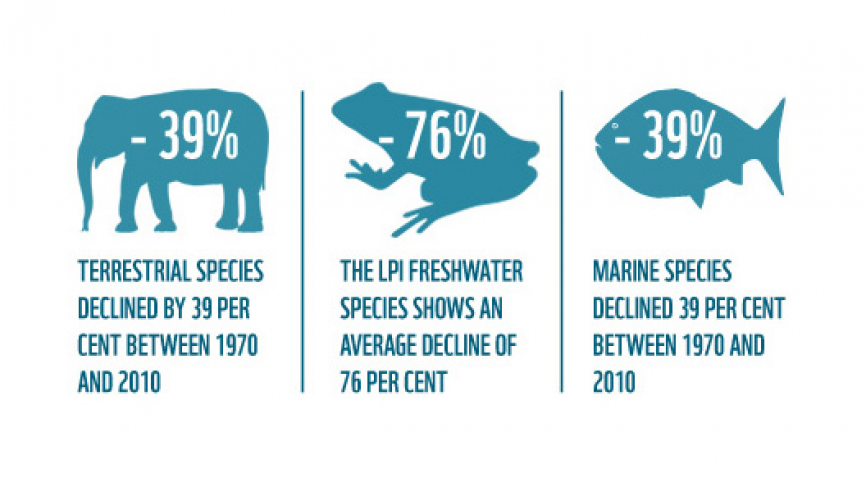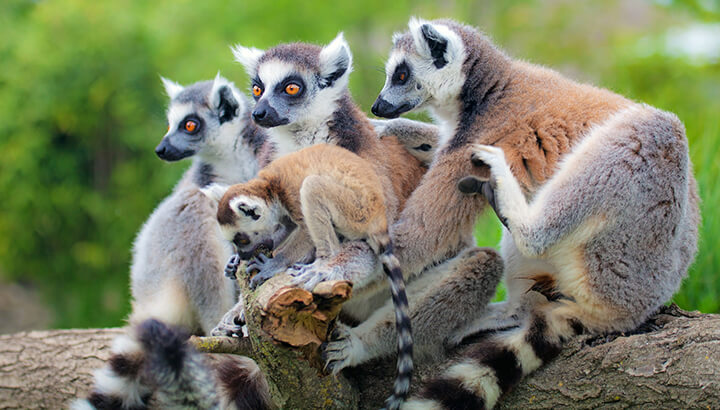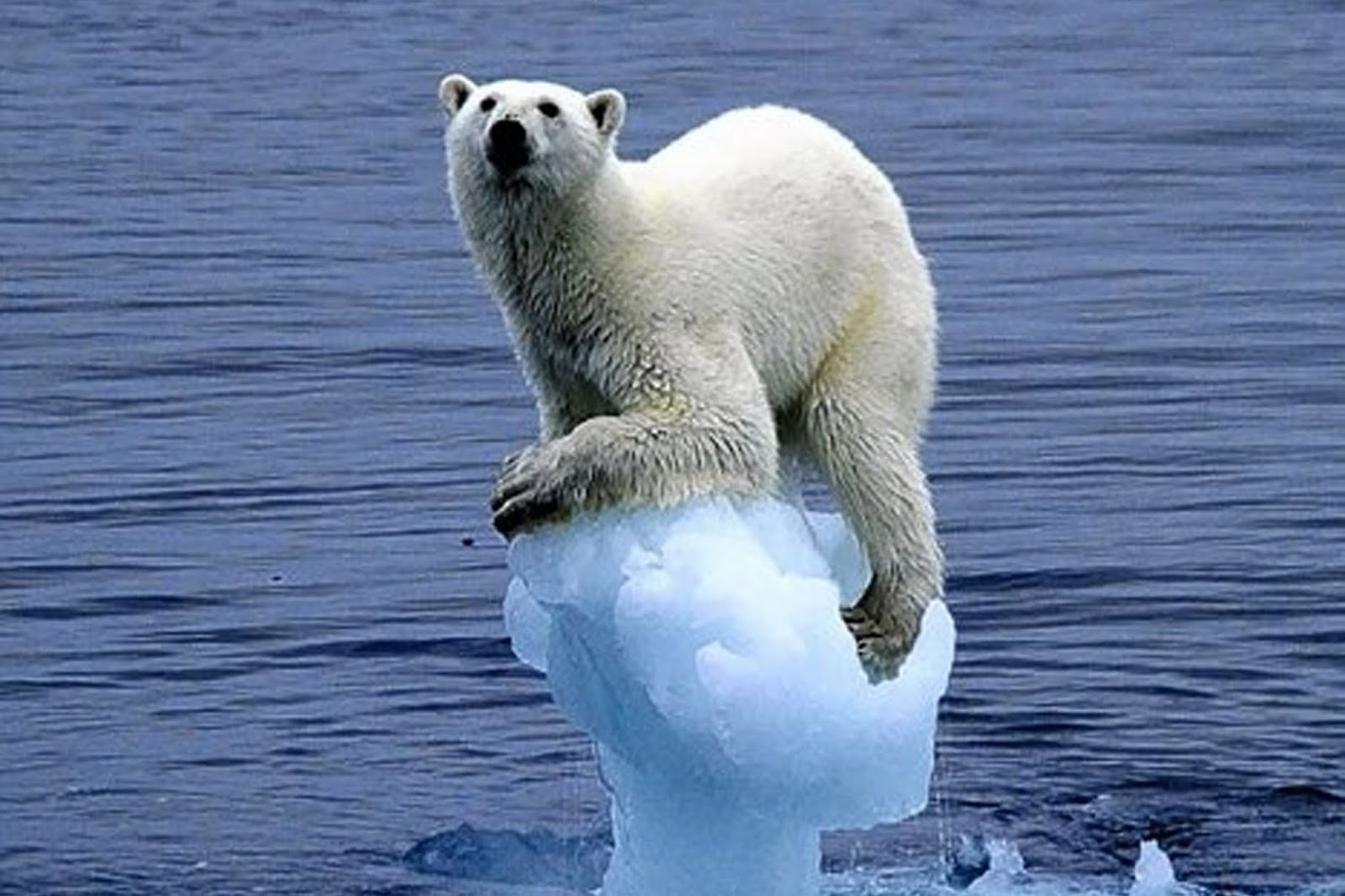
The World Lost Two-Thirds of Its Wildlife in 50 Years. We Are to Blame.
Nathan Rott / NPR
(September 12, 2020) — Human activities have caused the world’s wildlife populations to plummet by more than two-thirds in the last 50 years, according to a new report from the World Wildlife Fund.
The decline is happening at an unprecedented rate, the report warns, and it threatens human life as well.
“The findings are clear,” the report states. “Our relationship with nature is broken.”
The Living Planet Report 2020 report drew on wildlife monitoring of more than 4,300 different vertebrate species — mammals, fish, birds and amphibians – from around the world. It found that population sizes for those monitored species declined by an average of 68 percent from 1970 to 2016.
In the American tropics, including the Caribbean and Latin America, population sizes decreased by a staggering 94 percent.
Forest clearing for agricultural space was the predominant cause of the decline, the report says, noting that one-third of the planet’s land is currently being used for food production. Human-caused climate change is another growing driver.
“We can’t ignore the evidence — these serious declines in wildlife species populations are an indicator that nature is unraveling and that our planet is flashing red warning signs of systems failure,” wrote Marco Lambertini, Director General of World Wildlife Fund International.
The 83-page document, a collaboration with the Zoological Society of London, joins a growing and ominous list of academic research and international reports warning that human activities are causing a steep decline in global biodiversity.
The United Nations published a sweeping report last year cautioning that 1 million of the estimated 8 million plant and animal species on the planet are at risk of extinction, many within decades, because of human activities. It made a similar plea for people to care, punctuated with a warning: “Protecting biodiversity amounts to protecting humanity,” UNESCO Director-General Audrey Azoulay, said at the time of the report’s release.

A subsequent United Nations report, published in July of this year, warned that biodiversity loss, and humans’ destruction of nature, would lead to an increase in animal-to-human diseases, like COVID-19. The pandemic has also reportedly contributed to an increase in deforestation in some parts of the world, amplifying the risk.
Scientists have long-warned that the world is entering a sixth mass extinction, driven by humanity’s consumption of wildlife and wild spaces, and the burning of fossil fuels. Global warming will also cause ecosystems to shift faster than some species can adapt.
Actions can be taken to slow the decline. An article published Thursday in the journal Nature outlined steps that the global community could take to “bend the curve” on biodiversity loss. People could rapidly cut greenhouse gas emissions, avoiding the worst climate change scenarios; vast tracts of land and sea could be conserved; damaged areas could be restored; and food production practices could evolve to lighten its impact on existing ecosystems.
The World Wildlife Fund’s report says the planet’s ecosystems only have a limited ability to regenerate, a process that it says is essential to all life on Earth.
The report’s authors compared ecosystems’ ability to regenerate with the ever-growing human population and found an ecological imbalance.
“The human enterprise currently demands 1.56 times more than the amount that Earth can regenerate,” the report says.

Key Report Statistics
Between 1970 and 2016, monitored vertebrate species populations declined an average of:
• 68% globally
• 94% in Latin America and the Caribbean
• 84% in freshwater habitats
68% Average Decline in Species Population Sizes Since 1970

Declines in monitored populations of mammals, fish, birds, reptiles, and amphibians present a dire warning for the health of people and the planet
WASHINGTON, DC (September 10, 2020) — Globally, monitored population sizes of mammals, fish, birds, reptiles, and amphibians have declined an average of 68% between 1970 and 2016, according to World Wildlife Fund’s (WWF) Living Planet Report 2020.
Populations in Latin America and the Caribbean have fared worst, with an average decline of 94%. Global freshwater species have also been disproportionally impacted, declining 84% on average. As an important indicator of planetary health, these drastic species population trends signal a fundamentally broken relationship between humans and the natural world, the consequences of which — as demonstrated by the ongoing COVID-19 pandemic — can be catastrophic.
“This report reminds us that we destroy the planet at our peril—because it is our home. As humanity’s footprint expands into once-wild places, we’re devastating species populations. But we’re also exacerbating climate change and increasing the risk of zoonotic diseases like COVID-19. We cannot shield humanity from the impacts of environmental destruction. It’s time to restore our broken relationship with nature for the benefit of species and people alike,” says WWF-US President and CEO Carter Roberts.
The Living Planet Report points to one underlying cause for the deterioration of nature and decline in species populations: humanity. During the past 50 years the explosive growth of human consumption, population, global trade, and urbanization means people are now using more of the Earth’s resources than can possibly be replenished, the report says. This overuse has a disastrous impact on biodiversity — the animal and plant life that together make up a functional, circle-of-life ecosystem.
The most important direct driver for loss of biodiversity is land-use change, particularly the conversion of pristine native habitats, like forests, grasslands, and mangroves, into agricultural systems. And while globally climate change is not yet the greatest driver of biodiversity loss, the report states that in the coming decades climate change will become as, or more important than, other drivers.
The report finds that while nature is being destroyed and changed at an extraordinary rate, modelling predicts that the declining trends can be flattened and reversed with urgent and unprecedented actions.
These actions include transforming food production and consumption, aggressive movement to tackle climate change, and investments that conserve, protect, and restore nature.
The report also highlights the need to transform our economic systems to reflect the ‘natural capital’ that underpins our economic prosperity. In sum, the report urges world leaders to treat biodiversity conservation as a non-negotiable and strategic investment to preserve human health, wealth, and security.
“While the trends are alarming, there is reason to remain optimistic,” says WWF Global Chief Scientist Rebecca Shaw. “Young generations are becoming acutely aware of the link between planetary health and their own futures, and they are demanding action from our leaders. We must support them in their fight for a just and sustainable planet.”
New this year, the Living Planet Report 2020 also includes a look into plant biodiversity trends and features two ‘deep dive’ chapters into freshwater and climate change impacts to biodiversity. The report also contains a supplement, “Voices for a Living Planet,” with 20 opinion pieces from a diverse range of authors and an opening essay by Sir David Attenborough.
Posted in accordance with Title 17, Section 107, US Code, for noncommercial, educational purposes.